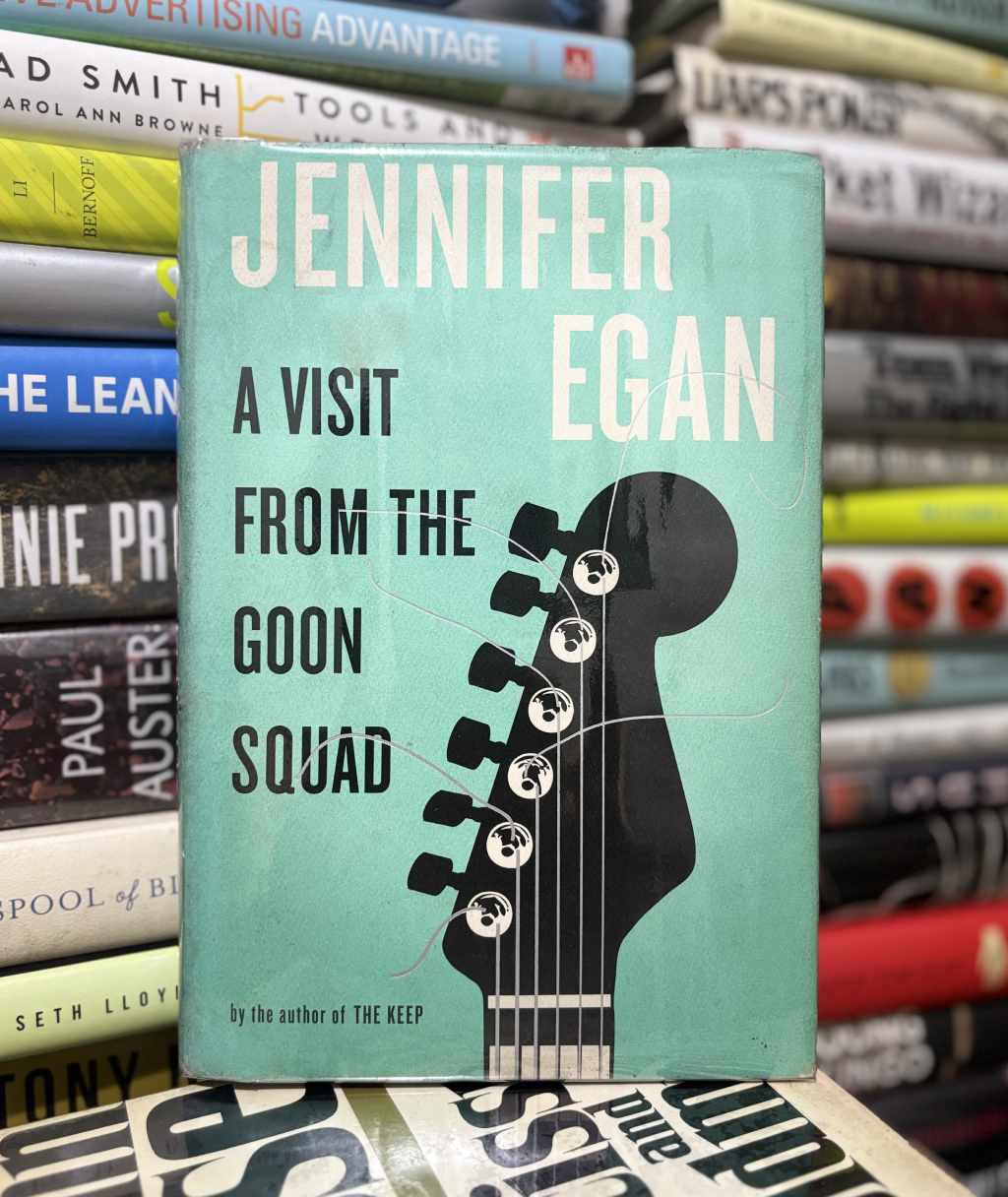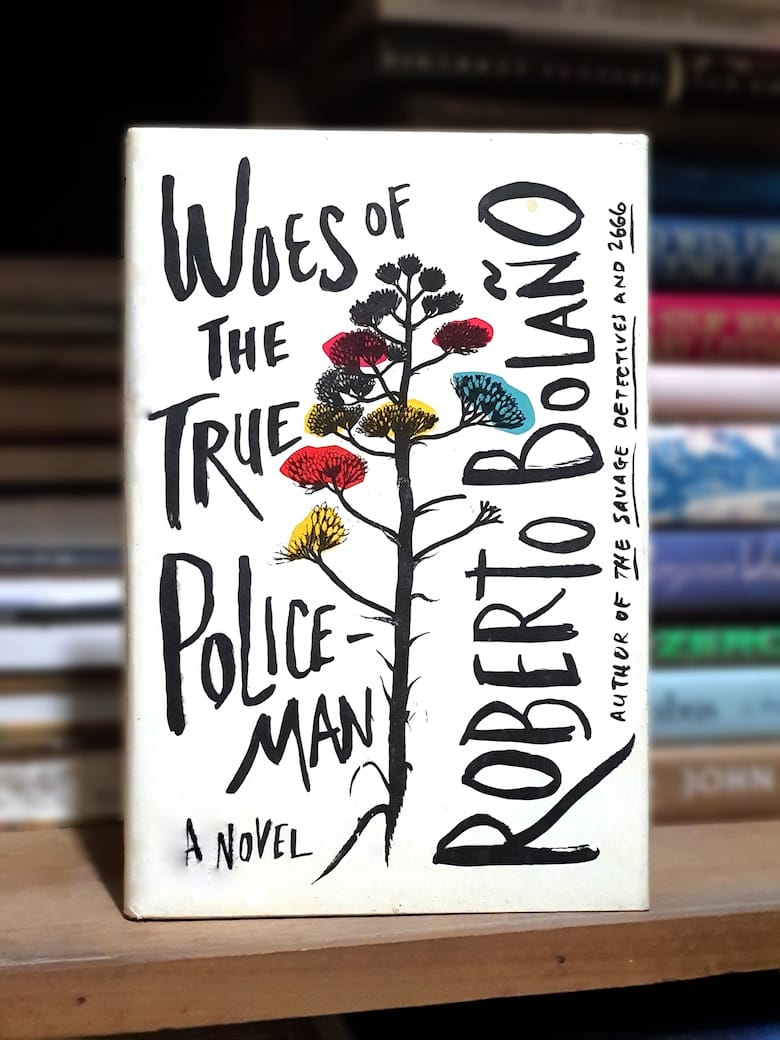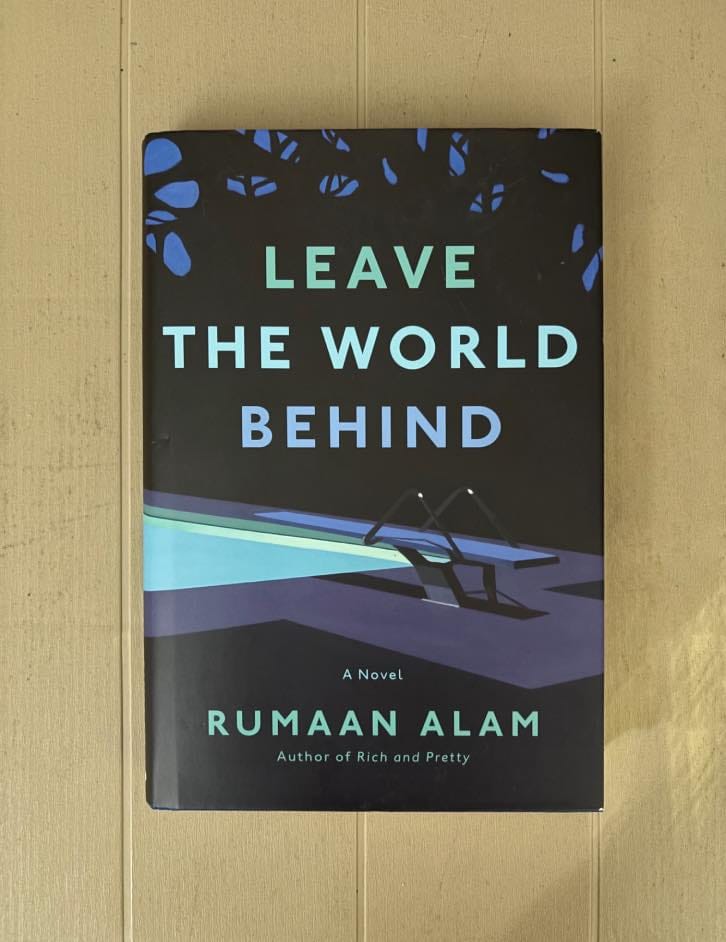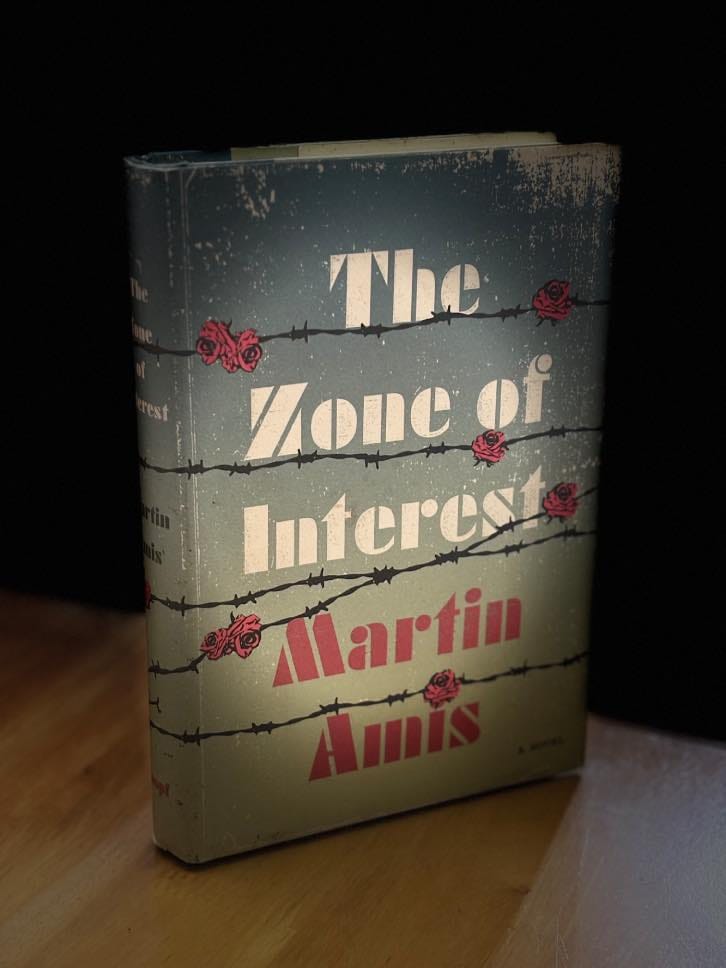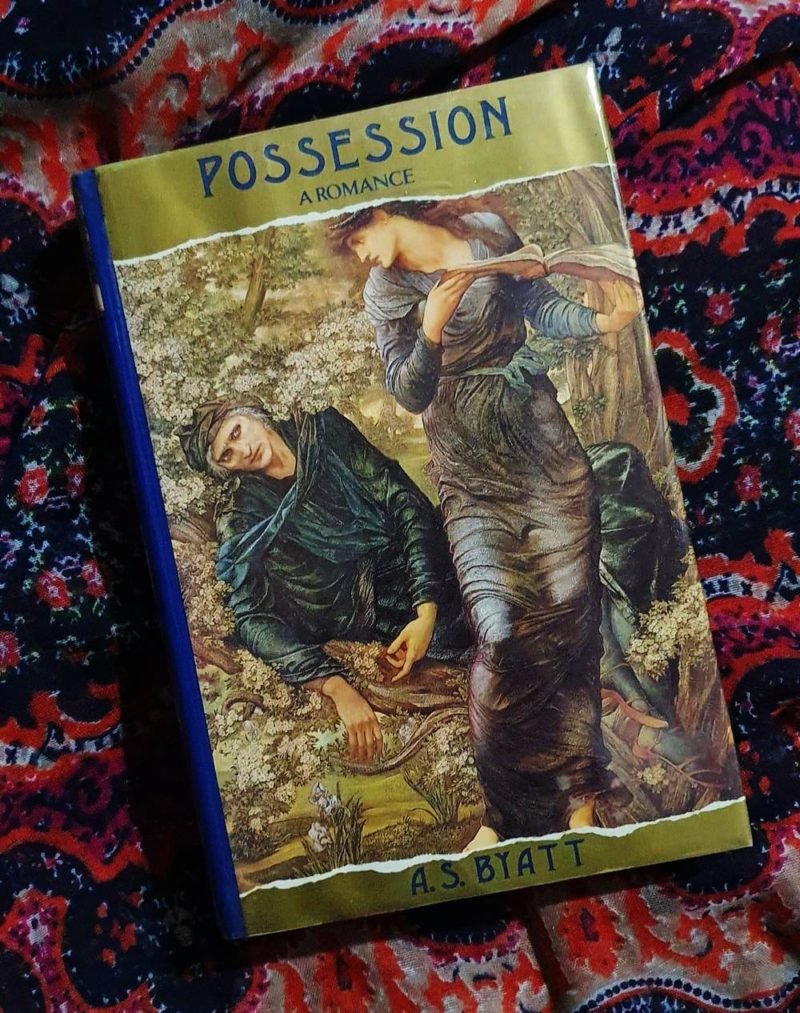Jennifer Egan’s A Visit from the Goon Squad (2010) folds together thirteen linked episodes, with music executives, teenage runaways, publicists, and children sharing a single field of experience shaped by music, technology, and the long aftereffects of youth. In the novel, the “goon squad” stands for time, which arrives without warning and alters everything it touches. Throughout the book, careers falter, friendships drift apart, and once-urgent ideals gradually lose their hold.
The novel’s acclaim, including its Pulitzer Prize for Fiction, confirmed not only Egan’s command of craft but also her ability to rethink what a novel could be. In the years since its release, the book has come to define a particular kind of literary ambition: one that embraces structural experiment without abandoning narrative urgency. This review explores the book’s lasting significance by examining its narrative structure, treatment of time, engagement with music and technology, and its unconventional approach to character.
Structural Innovation and Narrative Form
The book’s structure reflects a deliberate departure from the standard linear progression. The chapters do not converge around a central plotline, nor do they conform to a singular voice or consistent mode of narration. This formal choice gives shape to instability without letting the structure collapse into disorder. Each part holds its own logic while contributing to a larger composition that favors pattern over progression and layered continuity over finality.
Temporal Disruption and Narrative Constellation
Egan builds the novel from a sequence of self-contained chapters, each with its own focal character, time frame, and voice. The connections between them are not always immediate. Some are direct continuations; others come years later or reach backward in time or through memory. The novel does not present a continuous narrative but constructs a structure in which each part gains momentum through tensions carried from one chapter to the next.
The structure treats narrative fragmentation as a deliberate method, not a structural flaw. Time moves without overt signposts, and readers track its passage through shifts in tone, setting, and the altered presence of characters across chapters. A scene set in the early 1980s may be followed by one that unfolds decades later, with no transition to bridge them. The gaps are left intact, where each section maintains its own rhythm and breathes at its own pace, while still contributing to a larger pattern.
The Role of Formal Experimentation
Egan uses visual structure to expose what the characters cannot easily say. Throughout the novel, shifts in form reveal shifts in perception. Egan moves between first-person accounts, third-person close narration, and documentary-style reports without calling attention to the transitions, and the experimentation never overshadows the substance. It reflects how experience fragments, reforms, and persists across time and space.
Among the novel’s most distinctive choices is a chapter presented as a series of PowerPoint slides. Alison Blake, the daughter of Sasha and Drew, documents pauses in her brother’s drumming and maps quiet exchanges within their family. The slide format replaces conventional prose with charts and bullet points, but its restraint heightens rather than reduces its emotional clarity.
Time as the “Goon”: Aging, Entropy, and Memory
Time in the book does not move in a clean line, nor does it serve a unifying purpose. It skips forward, folds back, and leaves long intervals unaccounted for. Egan traces its effects through shifts in tone, structural disjunction, and the intervals left unexplained. She presents time as something that reshapes identity without offering correction or conclusion. The “goon squad” becomes a metaphor for what takes hold slowly and then leaves people stranded inside versions of themselves they no longer recognize.
Time as Antagonist
The phrase “goon squad” first appears in dialogue, almost as an aside. Over the course of the book, it takes on more gravity. The goon is time, arriving uninvited and changing the terms of everything it encounters. Characters do not confront time in moments of crisis; instead, they notice its presence in gradual shifts—when music no longer sounds the same, when a job ends, when a friendship that once defined them no longer feels accessible.
One of the clearest examples is Bennie Salazar, a music producer introduced in the novel’s earlier chapters, who first appears immersed in the noise and urgency of the punk scene. Later, he moves with diminished confidence—his instincts falter, and his language no longer suits the world around him. These changes do not follow from a single moment but take shape gradually, through gestures that go unnoticed and signals that no longer connect.
Memory and Fragmentation of Self
Sasha enters the novel as a character defined by instability. She moves through jobs, countries, and relationships with little continuity, while her compulsion to steal small, often useless objects suggests a need to hold on to something she can’t otherwise name. When she reappears much later—seen through her daughter’s structured, almost clinical perspective—she has settled into a quieter life, though the novel offers no account of how this shift occurred.
The earlier version of Sasha is not resolved by the later one. The gap between them is left intact, and the absence of explanation becomes a structural feature rather than a narrative omission. Memory throughout the novel functions in much the same way. It offers no synthesis, only partial views. Characters reflect on their past without fully grasping it, and their recollections often misalign with what the novel has already shown.
Music, Subculture, and Cultural Decline
Music in the novel is not simply backdrop or theme; it serves as a framework through which Bennie Salazar interprets his place in the world. In the earlier chapters, punk culture provides him with a vocabulary for belonging. He associates music with defiance, with the raw texture of sound that carries its own logic and needs no outside validation. The pursuit of sound, however chaotic, becomes a way of sorting value: what matters is not scale or reach, but whether the work feels earned, whether it breaks through.
Bennie’s relationship to music is formed in spaces where control is limited and invention is often accidental, such as clubs, recording sessions, and rehearsals. He values the conditions that produce imperfection, which allow energy to outrun form. These are environments where failure is possible and where the outcome cannot be forecast. That sense of risk becomes central to how Bennie recognizes what is real. When he transitions into a more formal role within the industry, he carries that ethos with him, even though its significance in the system is already diminishing.
As the novel progresses, those earlier conditions dissolve. The industry begins to favor predictability over improvisation and presentation over contact. Sound becomes product, and risk turns into liability. Individual taste is flattened into data, and intuition loses ground to strategy. Egan does not mark this change with explicit judgment but reflects it through Bennie’s diminishing confidence, his inability to articulate what he once understood without effort, and his retreat from decisions that no longer make sense to him. By the later chapters, music remains part of his life, but it no longer builds anything.
Technology and Mediated Life
Technology in A Visit from the Goon Squad operates as a structural condition rather than a narrative event. It informs how characters relate, how the story advances, and how interpretation is shaped and obstructed. Lives unfold within systems of mediation, where digital syntax influences tone, structure, and pace. Egan does not describe this transformation directly; the novel’s form absorbs and reflects the logic of its environment.
Fragmented Communication
Further into the novel, communication unfolds through abbreviated messages, fragmented dialogue, and moments that trail off before they resolve. These features do not arise from a stylistic quirk but from a world shaped by digital mediation. Characters send text messages and emails or post updates, often without expecting or receiving meaningful replies. Their conversations, however intimate or strained, often resemble the clipped rhythms of online exchanges, where attention shifts quickly and emotion is compressed.
Egan mirrors this dynamic in the novel’s form. Chapters begin in the midst of action and frequently conclude without narrative closure or explanatory context. Narration jumps between perspectives, time periods, and narrative modes. Emotional material appears in brief, sidelong moments: for example, a glance, a deleted message, or an absence noted too late. The novel constructs a narrative environment in which connection is constant yet increasingly unstable, and its stylistic form reflects the fragmented cadence shaped by digital communication and cultural saturation.
Speculative Futures and Algorithmic Intimacy
In the novel’s later chapters, Egan shifts toward a near-future vision in which emotional and cultural life is shaped by predictive technologies. Music is no longer discovered but engineered for response. Preferences are mapped, behaviors predicted, and intimacy reduced to patterns that can be charted and sold. One marketer studies toddlers to cultivate early brand loyalty; another monitors micro-reactions to words for emotional precision. These are not speculative inventions but logical extensions of tendencies already present.
Unlike novels such as Dave Eggers’s The Circle (2013), which cast technology in dystopian terms, Egan avoids direct commentary. Her tone remains cool, her structure adaptive. The now-famous PowerPoint chapter does not parody technological mediation but works within it, using its form to convey familial quiet, absence, and longing. The outcome is a vision of the digital age that avoids being alarmist or celebratory. It is embedded, shaping the very contours of how characters know, remember, and feel.
Character as Network
Egan’s novel avoids traditional character hierarchies by employing a networked structure in which identity is distributed across time, perspective, and form. Instead of placing a single protagonist at the center, the narrative builds its characters through recurrence, disjunction, and relational contrast. This structure reflects the novel’s emphasis on fragmentation across self, memory, and narrative continuity, requiring the reader to discern connections within what initially appears disjointed.
Dispersed Protagonists and Recurring Figures
Rather than anchoring the novel in a central protagonist, Egan constructs a character system organized around recurrence and interruption. Sasha and Bennie appear across multiple chapters, but never as fixed points. Their trajectories are revealed obliquely—through other characters’ memories, through shifts in tone, or through glimpses across time. They do not guide the story; they drift within it. The novel withholds the kind of character arc that typically charts growth or culminates in closure. Instead, identity is presented as circumstantial and refracted, formed by temporal distance and narrative displacement.
Juxtaposition and Fragmented Development
Character development unfolds through contrast across chapters—each character is defined through separate moments that build over time, rather than through a continuous or linear narrative. Scenes do not follow one another in order but echo across chapters. For instance, Jocelyn’s memory of Lou diverges sharply from his portrayal elsewhere, while Rhea’s marginal presence resurfaces with unexpected clarity. Each appearance recontextualizes what came before, exposing the instability of narrative authority. The reader constructs identity from fragments such as gestures, contradictions, and scattered points in time that mirror the way personal continuity is experienced in real life.
Final Synthesis
Egan’s A Visit from the Goon Squad concludes without imposing finality. Its closing gestures are deliberate in their openness, sustaining the sense that identity, structure, and experience remain in motion. Across its layered composition, the novel draws attention to the interdependence of form and subject, using fragmentation, recursion, and time leaps to reflect a world in which coherence is always partial and perspective always shifting.
The novel’s design holds its components in a state of tension. Chapters respond to one another without forming a linear chain. Characters surface across multiple timelines, altered by history and habit but never anchored in a singular version of themselves. This compositional strategy aligns with the book’s larger interest in the instability of language, of cultural forms, and of personal continuity.
What the book ultimately leaves behind is a field of transitions, voices, and partial resolutions. Instead of offering a unified narrative arc, it sustains a pattern of continuation formed through memory, shaped by recurrence, and bound together by the subtle force of time.
Further Reading
Jennifer Egan takes Pulitzer prize by Alison Flood, The Guardian
Looking Back at ‘A Visit from the Goon Squad’ by Jim. O.C. Diamondidis, The Harvard Crimson
Fantasy novels structured like A Visit From the Goon Squad? on Reddit
A Visit from the Goon Squad on Wikipedia
